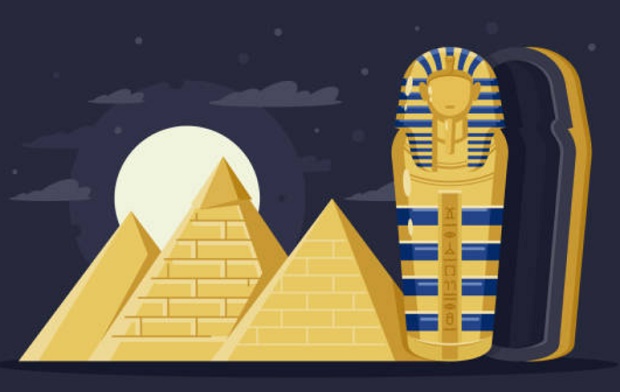CAIRO — Downtown Cairo arrived at a close to standstill Saturday night as 22 mummies were moved from a museum where they had lived for over a century to another home, transported on uniquely crafted vehicles in a sparkling, carefully arranged parade.
The display — broadcast live on state TV and complete with a military band, a 21-gun salute and a large group of Egyptian A-rundown famous people — filled in as both a grand opening of sorts for the National Museum of Egyptian Civilization where the country’s most established rulers were set to land and a solicitation to sightseers to get back to Cairo after the pandemic.
“These are the mummies of kings and queens who ruled during Egypt’s brilliant age,” said Zahi Hawass, a former priest of ancient pieces who managed the disclosure of burial places that date back thousands of years. “It’s a rush, everybody will watch.”
Everybody, with the exception of numerous Egyptians.
Along the five-mile way to the new museum lay stretches of common neighborhoods that were purposely stowed away from see in front of the parade, a token of the shaking split between Egypt’s praised past and its unsure present.
Standards announcing the “Pharaohs’ Golden Parade” and huge public banners kept watchers at home from peering inside Cairo’s ruined territories and held neighborhood inhabitants back from getting a brief look at the cleaned, made-for-TV scene. In one spot, plastic screens at any rate 10 feet tall were mounted on platform to close holes in a cream-shaded divider.
“They put it up to conceal us,” said Mohammed Saad, a nearby inhabitant who remained with two companions a couple of feet behind an obstruction that isolated them from the recently cleared street where the tribal parade would move through.
Two security officers affirmed that nobody would be permitted to leave close by neighborhoods during the parade, or to step onto the road to watch. “They can watch on a screen,” one of them advertised.
In a TV meet, the top of Egypt’s Supreme Council of Antiquities credited the president, Abdel Fattah el-Sisi, for considering the public parade as an approach to move sightseers back after the Covid pandemic stopped international travel a year ago.
Be that as it may, the scene likewise underlined the monetary and social divisions in Egypt’s capital.
“There is a propensity to attempt to show a superior picture as opposed to fixing the current reality,” Ahmed Zaazaa, a metropolitan organizer, said of the government’s public picture efforts. “The government says they are making reforms, yet by far most of individuals in Cairo who live in common areas are barred.”
Egyptian transmission relentless inclusion of the parade arrangements, stressing how the news was repeating abroad, matching the visuals with emotional signature music and a flood of information about the 22 kings and queens who ruled Egypt over 3,000 years prior.
The old royals who were progressing included Ramses II, the longest supreme pharaoh, and Queen Hatshepsut, one of Egypt’s couple of female pharaohs.
After dusk, swarms accumulated in downtown Cairo, among them excited youthful families who brought their youngsters along in order to get a brief look at the noteworthy second.
“It’s a once in a blue moon occasion. These are our precursors.” said Sarah Zaher, who accompanied three companions.
In any case, large numbers of the individuals who accumulated were met by police blockades and turned around.
A uniformed official shouted, “In the event that you need to watch, go watch on TV.” Disappointed, the groups withdrew into close by cafés to watch on TV or on their telephones.
